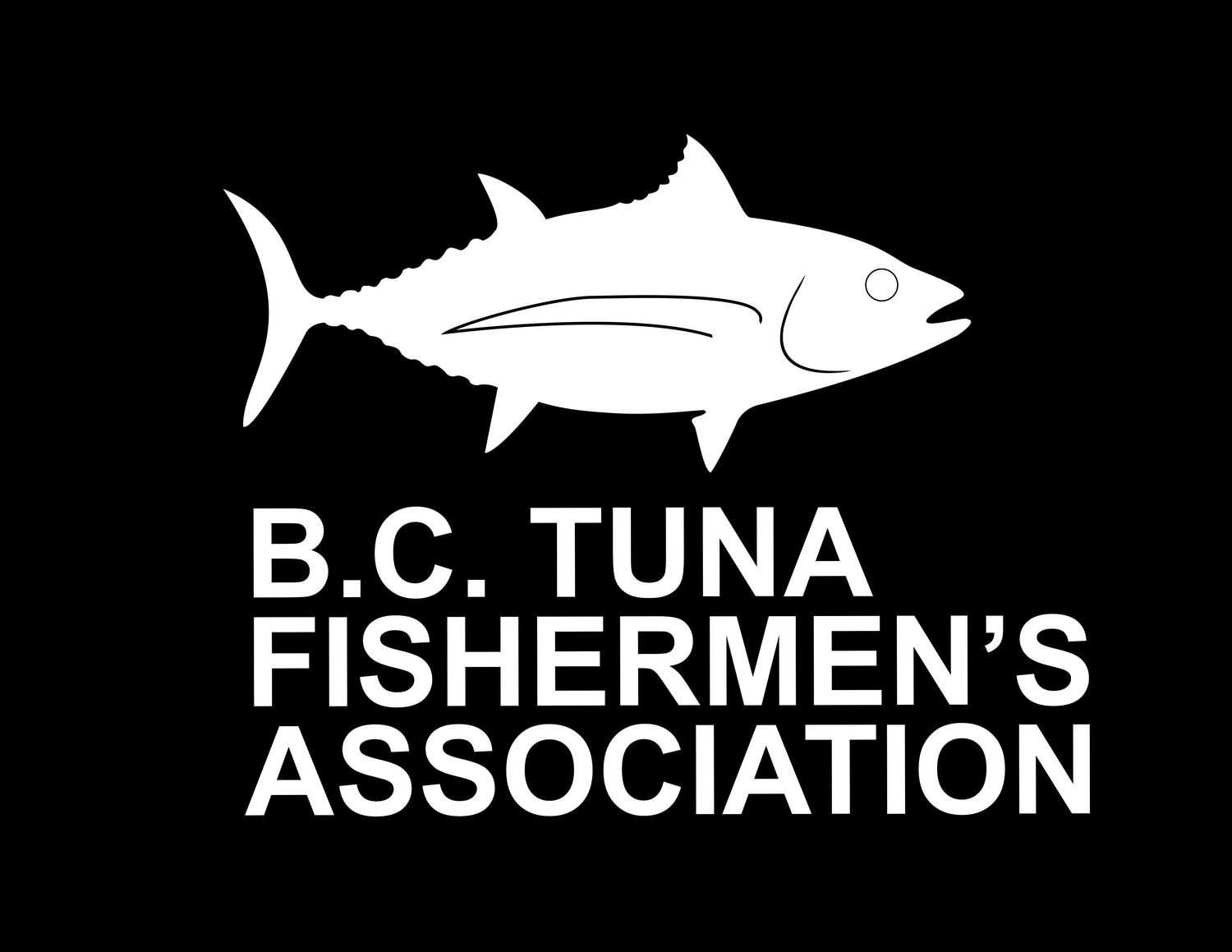By JONATHAN WILKINSON
Our ocean is a complex ecosystem, and Pacific herring are a vital food source for chinook salmon and southern resident killer whales. It speaks to the importance of these iconic species that more than 70,000 people have signed a petition this year to close the commercial fishery in the Strait of Georgia in an effort to protect them.
As a British Columbian, and the minister of fisheries, oceans and the Canadian Coast Guard, I care deeply about restoring our chinook salmon populations and protecting our iconic southern resident killer whales. That’s why we have made historic investments in conservation through the $1.5-billion Oceans Protection Plan, the $167.4-million Whales Initiative and additional funding of $61.5 million in measures aimed to address all key threats to southern resident killer whales: sound disturbance, contaminants and availability of prey.
Likewise, we are working closely with the province of British Columbia to protect wild Pacific salmon. Just a few weeks ago, I was with Premier John Horgan to announce more than $142 million to restore and protect wild Pacific salmon. This is one of my top priorities as minister, and I am seized with the responsibility to protect and restore the biodiversity of our coasts.
I hear people’s concerns about fisheries management. That is why I want to be as open and transparent as possible about the science by which we made the decision to continue with the commercial herring fishery in the Strait of Georgia. As minister, my role is to make sound decisions based on science. I have a mandate to support sustainable fisheries and protect our ocean ecosystems.
Herring are significant to Indigenous Peoples who have fished Pacific herring and their roe (eggs) for millennia, and to the many British Columbians who rely on the fishing industry to support their families and livelihoods.
Every year, the Department of Fisheries and Oceans conducts scientific surveys for each of the five major Pacific herring stock areas. These scientific surveys, along with biological sampling, inform a yearly peer-reviewed scientific stock assessment with up-to-date advice on the health of all five major stocks. We also work with Indigenous communities and harvesters in the Strait of Georgia to better understand herring distribution, spawn dynamics and traditional harvest areas.
What has emerged from this work, notwithstanding the overall health of the stock in the Strait of Georgia, are local concerns within the strait about limited spawn. We responded by closing fisheries south of Nanaimo and on the Sunshine Coast to protect the stock in these areas.
However, last year in the Strait of Georgia, our stock assessment found that herring were very abundant — and in the upper third of biomass levels observed since 1950. A science-based decision was made to allow a moderate commercial fishery to go ahead. The commercial fishery will leave a projected 80 per cent of the estimated spawning biomass in the water, ensuring there are enough herring left to spawn and sustain fisheries into the future.
This means that the majority of the herring are left in the water for our chinook and our southern resident killer whales to eat.
British Columbians expect science-based decision-making to inform our fisheries management. Our government is investing in science so that we can leverage new research, and refine and improve our approach to fisheries management. Through consultation, we continue to meet with Indigenous groups, fish harvesters and the public almost every day to better understand their perspectives.
We are listening to British Columbians, and taking action to protect our wild Pacific salmon and southern resident killer whales.
We will continue to look at how we manage this fishery in the Strait of Georgia to be certain our coastal marine food web is preserved.
I am confident this work will ensure that we manage this important fish stock sustainably to support our ocean ecosystem for generations to come.
To read the full article click on the link:
https://www.timescolonist.com/opinion/op-ed/comment-herring-fishery-will-leave-enough-to-sustain-resident-killer-whales-1.23775335




